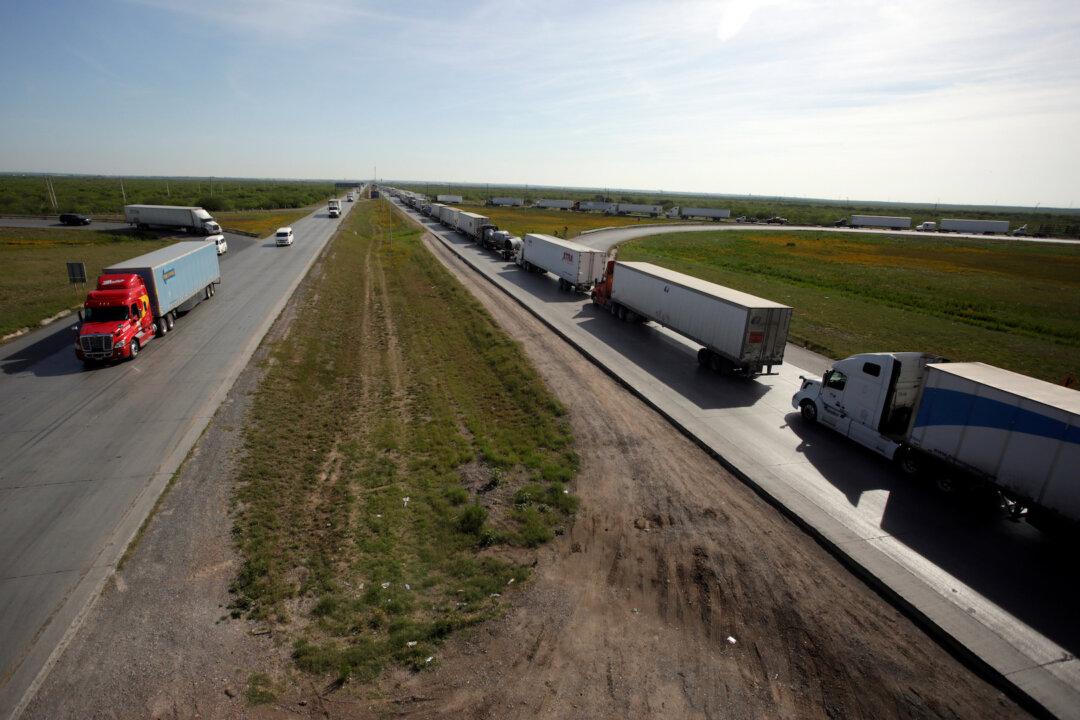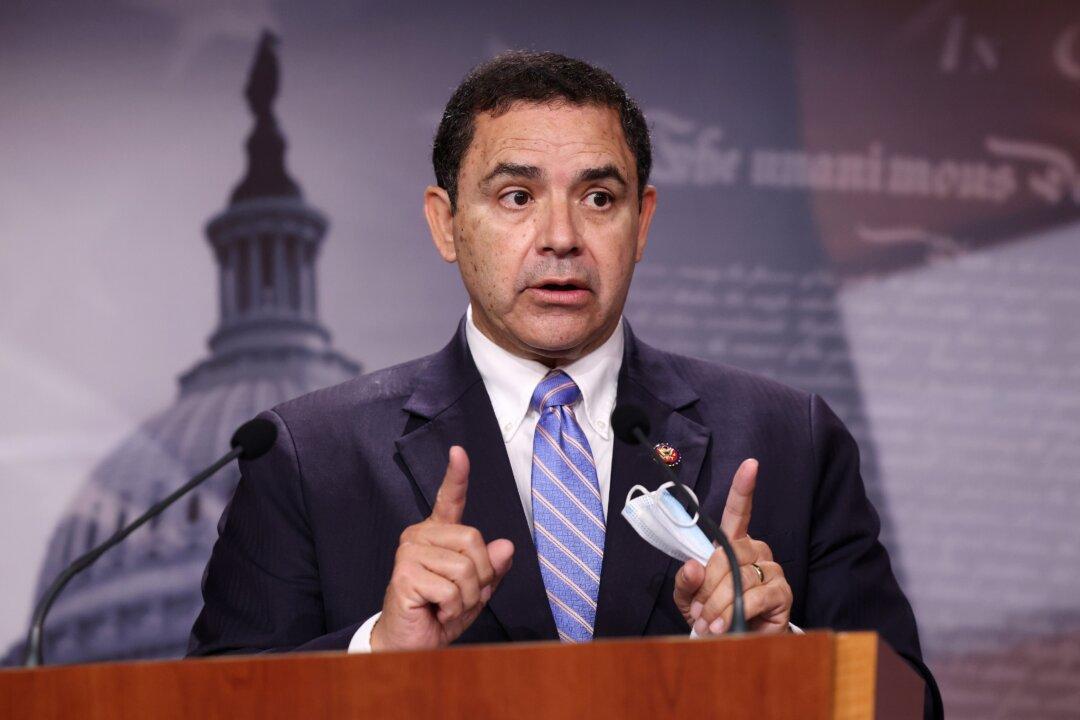U.S. trade with Canada and Mexico has rebounded to $1.6 trillion after taking a hit during the COVID-19 pandemic, according to official data.
From 2019 to 2020, the value of total trade with Canada and Mexico slumped by 13.3 percent to $1 trillion, according to the U.S. Bureau of Transportation Statistics (BTS). The weight of goods crossing the border decreased by 3.7 percent to 557.7 million tons.





